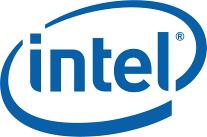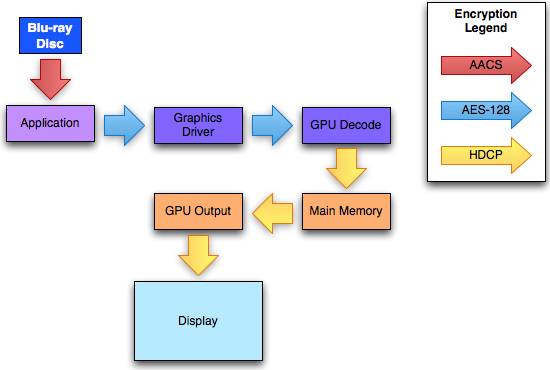|
In an attempt to ultimately raise its stock price, Intel is trying to shock and surprise investors by keeping details scarce on unannounced products. We saw the first example of this last year with Sandy Bridge. Intel was very late in disclosing architectural details, and it took a leak to even find out about Intelís hardware transcode engine - arguably one of the biggest, tangible features of Sandy Bridge. Iím not a financial analyst nor do I have any influence on stock price, but this seems to be a strategy that ultimately wonít work. Itís not Appleís withholding of information that results in its very healthy stock. If Intel wants to raise its share price it will ultimately have to do two things: 1) release killer technology, 2) put said technology to good use right away without waiting on its partners to do so. We are seeing examples of this in the market already. Intelís Wireless Display technology leverages Intel hardware with Intel developed software. Intel Insider, is another, more recent example. Prior to Sandy Bridge Intel mentioned something to press called Intel Insider. Details would be forthcoming (see aforementioned keep-things-secret-and-profit strategy), but the premise was something along the lines of content providers would enable HD video playback on Sandy Bridge systems. Wonderful. At this yearís CES, I got some more detail on the technology. As I mentioned in my article on 8-channel LPCM over HDMI article, content owners are worried about putting high quality video or audio content on the PC. The fear is of course completely misplaced and misguided because even with the absurd amount of DRM in place on every form of high definition video media, pirated content is just as easy to come by as it ever was. Regardless, content owners will be content owners and they tend to flip out about things like providing super high resolution/high bitrate video to PCs. The thinking is that PCs are too easily compromised and thus the ultra-secure Blu-ray DRM should be the only way to get the best quality video on the PC. Apparently, according to Intel, this is part of the reason that online video streaming services like iTunes and Amazon Video on Demand donít offer high bitrate 1080p videos.
With Sandy Bridge, this all changes. The on-die GPU already features the necessary protected audio and video paths to play full resolution Blu-ray discs - this part is nothing new. Intel still isnít providing a lot of details on what else has been added to SNB, but apparently thereís enough in the way of key generation, authentication, protected pathways and storage on-die that at least two content providers are comfortable with trusting PCs to download and stream higher-quality video content. Both WBshop.com and Best Buyís Cinema Now will enable support for Intel Insider at some point in the future. Upon detecting that you have a Sandy Bridge (Core i3 and above) youíll be given access to download/stream higher resolution/bitrate content. The big unknown is how close youíll get to a Blu-ray source of course. The holy grail is Blu-ray quality streaming video to your PC the day of release in theaters. However a more realistic goal is Blu-ray quality streaming the day of release on BD. Either way, Iím curious to see if whatever Intel has done in SNB is enough to convince content owners to make BD quality streaming happen. While Amazon, iTunes and Netflix streaming is good, itís not enough for very large screen sizes (and definitely not projector setups) - we need better. Iíd prefer if we didnít have to jump through hoops to make this happen, but until we all band together and start a movie studio Iím not sure if weíll ever get around DRM enabled content. As for whether or not this is an important feature of SNB - it really boils down to the implementation on the software/service provider side. Intel Insider itself isnít enough to get excited about, what it enables will make or break the feature. |


|
TopNax |
|
Home††††† Previous††††††† AMD page†††††††† Intel page†††††††† Next |
|
Home†††††† Previous††††††† AMD page†††††††† Intel page†††††††† Next |


